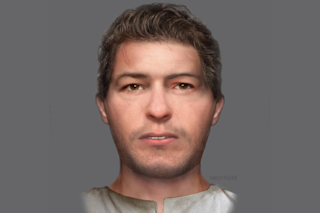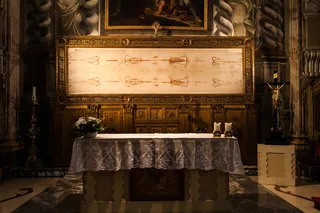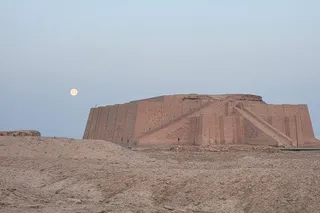In Edinburgh, Scotland, the remains of an ancient fort in Cramond Village have been subjected to various archaeological excavations — and tourists — since the mid-1950s. But a routine expansion of a parking lot to its north in 1975 yielded an altogether unexpected discovery: a group of skeletons.
The nine adults and five infants were dubbed the “bodies in the bog,” though the term is a bit misleading here. These were not literal bog bodies, which often refers to the human remains found in peatlands or wetland environments where acid and low-oxygen levels can preserve them for hundreds or thousands of years. Instead, Cramond’s skeletons were found in a latrine (bog is a British slang term for toilet) that Roman soldiers likely created around A.D. 140 during their occupation of Scotland.
Because the conditions of this burial site were so unusual, researchers initially hypothesized that the individuals died of the ...














